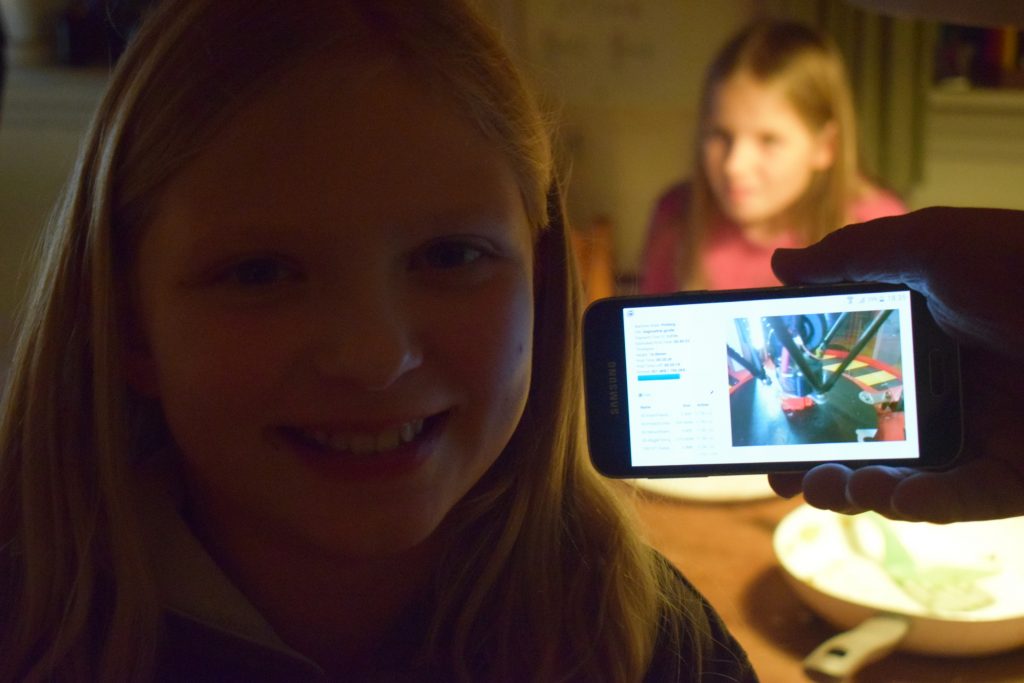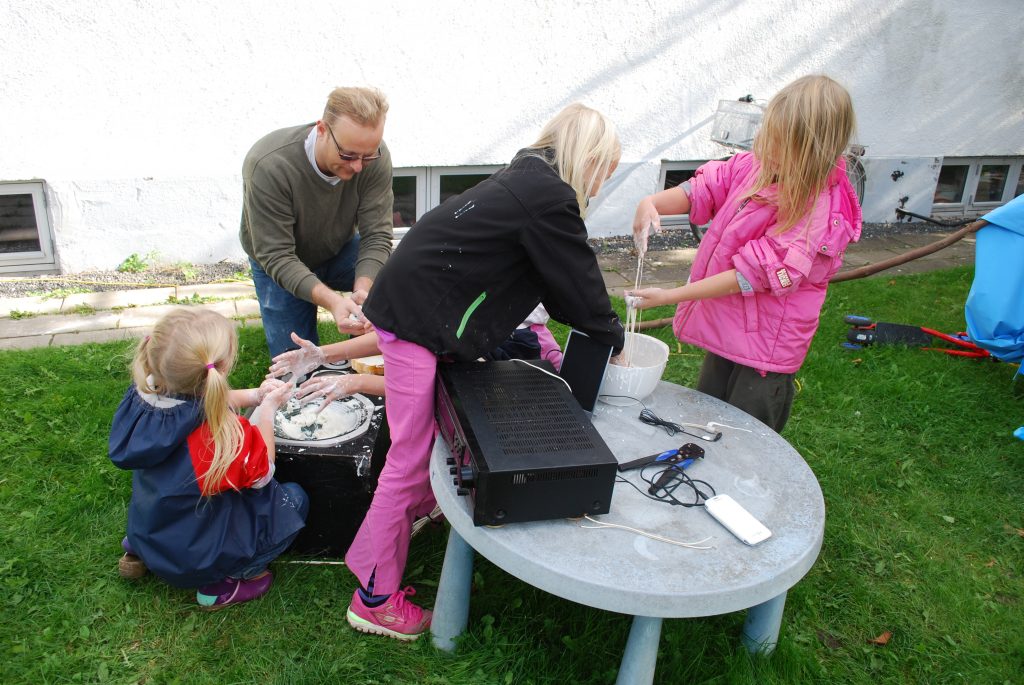Today our daughter designed this cat in tinkercad. It is a program you can use for free on their website. If you have a 3D printer you can print out your design. She had not tried that programme before, but designed it on her own. We have a friend who has a 3D printer visiting and he told her a few things to improve, and she then did that on her own.
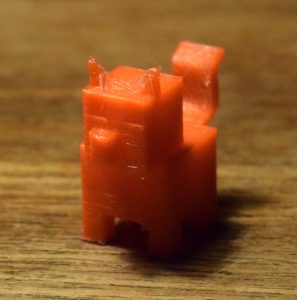
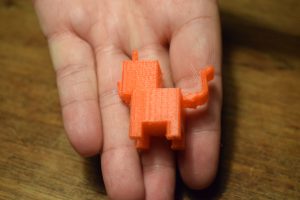
This is what it looks like on the screen.
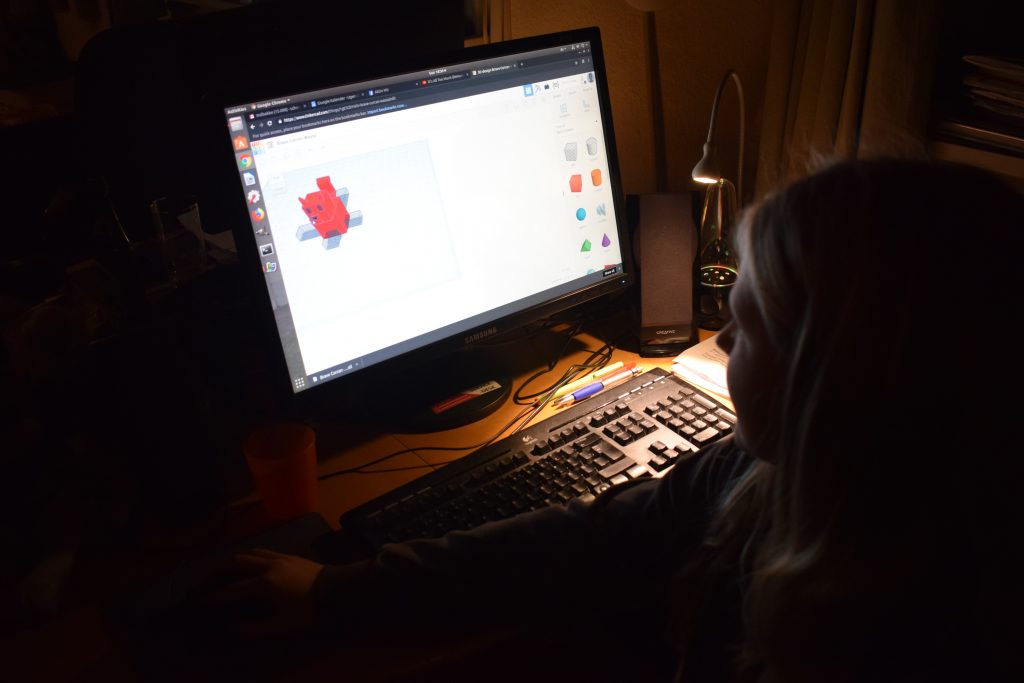
Our friend then sent the design to his 3D printer at home. He has a camera hooked up to the printer, so we could follow her design being printed on our phone.
